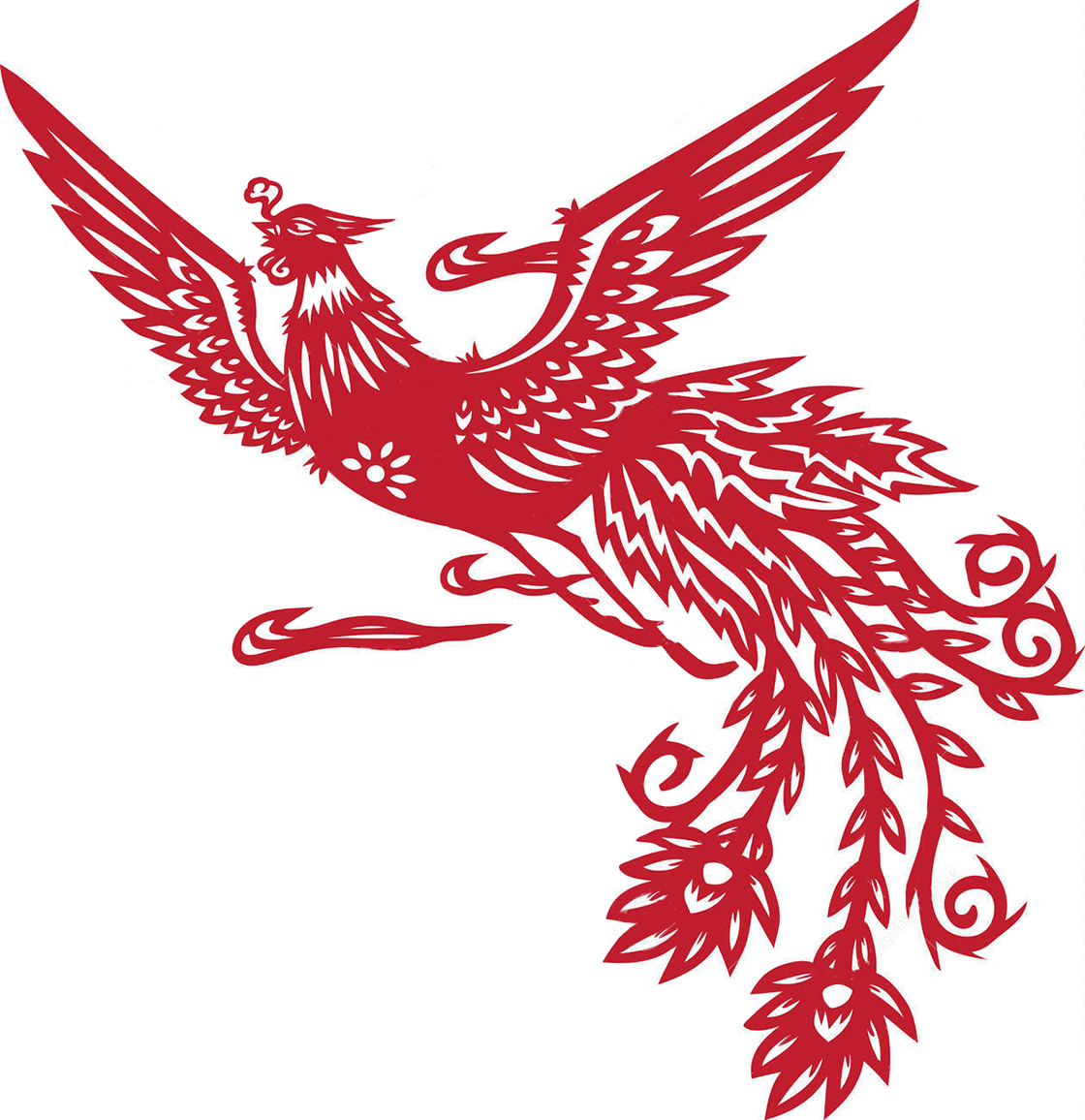China sightseeing
As we navigate around China, we enjoy seeing beautiful sights, odd ones, quizzical signs, and interesting snippets of daily life in China. These are some of the things we’re fortunate to witness on our wonderful journey..
Left: National Emblem of the People’s Republic of China. Tiananmen is in the center illuminated by five stars and encircled by ears of grain and a cogwheel. The grain, stars, Tiananmen, and cogwheel are golden; the inner part of the circle and hanging ribbons are red as these two colors traditionally represent auspiciousness and happiness.
Beijing’s Olympic mascots. When the first syllables of their names are put together, it creates ‘BeiJing welcomes you’.
Ornamental Rooftops
Animal figures on roof ridges of palaces, temples, and other old building are an important part of traditional Chinese architecture. These zoomorphic figures serve multiple purposes: they can represent the owner’s status in the feudal system hierarchy, they can also indicate the importance of the duties performed within the building. And finally, they offer protection to the building which they adorn. Xiayu, for instance, can produce rain and therefore can protect the building from fire.
At the tail of the procession will be an imperial dragon, representing the authority of the state. At the head of the procession is someone riding a Phoenix. Between these two figures are mythical beasts, usually an odd number of them. The maximum number of beasts is nine, including evil-dispelling bull, courageous goat-bull (獬豸), wind- and storm-summoning fish (狎魚), mythical lion (狻猊), auspicious seahorse, heavenly horse, lion, and chiwen (鴟吻, a son of dragon).
Left: Nine (the most auspicious number) roof animals line the Emperor’s roof at the Forbidden City. The lead figure, an Immortal rides a Phoenix. The back figure is Qilin, horned dragon.
Right: Amazing details of another roof, adorned with hand-carved wood and hand-glazed ceramic roof tiles.
Foo Dogs and Other Interesting Beings
Left: Female ‘Foo’ in Forbidden City. Females have their foot on a foo puppy; males on a ball.
Right: This is one of a pair of lions which were cast of iron in the Yuan Dynasty (元朝, 1271-1368). The pair stand guard over a corridor leading to the Ten Thousand Flowers Hall. They are well-traveled. They were found in Chengde County, Henan County in the Ming Dynasty, then moved to Shanghai for 400 years. During the Japanese occupation of Shanghai (1937-1945), the Japanese gave the lions a trip to Tokyo. The lions were finally returned to Shanghai at the end of the Anti-Japanese war in 1945.
Chinglish – Chinese English




















































